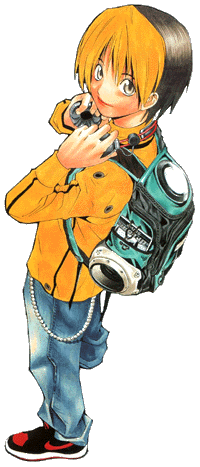From the
work of Gokyo Shumyo
Some problems that may occur during the GO game are these following:
-
To
make positions alive,
although they reasonably look hopeless.
-
To
kill position.
-
To
bring position to Ko.
What will eventuate from these position does not depend on them
as such but upon the greater number of risky situation held by one
player rather than another.
-
To
hem in chains reciprocally.
Chain without eyes (Me) are so intermixed
with each other that one of them must die, whereby the other is
then converted into a secure position with eyes.
-
To
rescue certain weak stones.
If certain stones (which are in the vicinity of the margin but without
a stable base) are separated by an enemy formation (which does not
touch on the margin but only approaches it) from a chain, then the
task is to slip by or through the enemy formation and to connect
the unstable stones to the nearby extraneous chain that is stable.
-
The
Robber's Play (Oi-otoshi).
An opponent apparently has a chain totally in his power. By the
insertion of new stones which the opponent is forced to take, one
compels him to fill his territory so full that finally he has to
sacrifice a part of his chain being isolated by his enemy in order
to avoid a greater loss. This sort of play is the superlative of
finesse. It derives its special name from the fact that the opponent
feels himself entirely safe and, not expecting an attack in the
least, is overwhelmed when it comes, as if he had been ambush by
a robber.
-
To
dismember a loose enemy chain.
An eyeless chain is surrounded and isolated by means of an enemy
chain which still has gaps. These gaps should then be penetrated
and one must cut off from the hostile chain a strip which in turn
is surrounded and killed.
Any
game of GO, due to the possibilities structurally inherent it moves,
should, on the average, result in about 250 moves. Of the total sum,
about 20 belong to the opening game, about 150 to the middle game, and,
say, about 80 to the end game. Plays effecting the connection of chains
at the margin and filling up the gaps and interspaces between the chains,
after the general formation is completed, belong to the end game.
|

[
1 || 2
|| 3 ] |